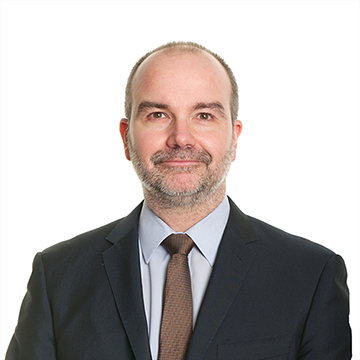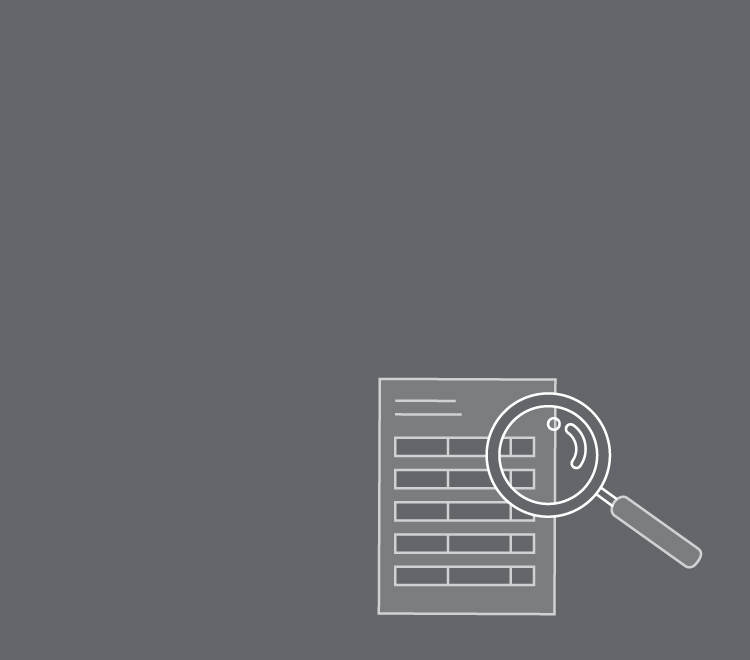21 April 2022
HMRC’s announcement regarding an increase in National Insurance Contributions (NIC) from 6 April 2022 to collect the Health and Social Care Levy has raised a common query on the practical application for employment businesses. Lee Knight, employment tax specialist, explains what the practical implication will be on employers.
What is the NIC increase?
For the 2022/23 financial year, the Health and Social Care Levy will be collected through a temporary increase of 1.25 per cent in both the employee and employer rates of NIC. For employers NIC, this will include employer’s Class 1 NIC, Class 1A NIC and Class 1B NIC.
From 2023/24 onwards, NIC rates will revert back to their current levels and a separate Health and Social Care Levy of 1.25 per cent will apply to both employers and employees. It will be levied on earnings liable to Class 1 NIC and (for employers) on non-cash benefits liable to Class 1A and Class 1B NIC.
The confusion over how the NIC increase applies?
A common query is being asked by employment businesses about the application of the NIC increase for the 2022/23 tax year. Namely, does the NIC increase apply:
A. to agency worker services performed prior to 6 April 2022 but paid on or after 6 April 2022; or
B. to agency worker services performed after 6 April 2022?
The answer sits with NIC principles
In order to answer this question for 2022/23, we need to consider general NIC principles.
There is nothing in the Health and Social Care Levy Act 2021 (‘the Act’), or the limited guidance on the levy which has published by HMRC to date that suggests that normal NIC principles would not apply.
Under general NIC principles, NIC on a payment of earnings to an employee is calculated based on the concept of earnings periods. Under Section 6 of the Social Security Contributions and Benefits Act (SSCBA) 1992, liability for Class 1 NICs arises at the time the earnings are placed, unconditionally, at the employee’s disposal. There are some special rules around Directors, but they are not necessary to cover here.
In order for the contributions liability to be properly determined in light of the various pay arrangements in existence, it is necessary to assign to each employee an earnings period (EP) in relation to each employment. There are also special rules around individuals who might have more than one employment with an employer.
For example, taking a basic case, for employees paid on a regular basis it is the interval of payment and the earnings period in which those intervals fall that matters. Not the period the earnings cover or are accrued over.
If the earnings period in which the employee is paid falls from/after 6 April 2022, the increased rate of Class 1 NIC will apply, even if the earnings were earned over a period prior to 6 April 2022.
Earnings periods align with tax years, and the first earnings period for a regularly paid employee in a tax year always begins on the first day of the tax year.
Example for a monthly paid employee
For an employee paid monthly on the last Friday of every month, their earnings period is a month. Their first earnings period for the 2022/23 tax year is the month from 6 April 2022 to 5 May 2022. They are paid their April pay on 29 April 2022 and the date of payment falls in the monthly earnings period from 6 April 2022 to 5 May 2022. The increased rates of NIC will apply to the payment because the April 2022 pay is paid in an earnings period which falls from/after 6 April 2022. This is despite the fact that part of the earnings relates to duties performed by the employee prior to 6 April 2022.
If an employer is considering bringing the payment of earnings forward prior to 6 April 2022, they will need to take care. Special rules can apply when the intervals between payments are changed.
HMRC payslip guidance
HMRC has asked employers to include a message for employees on all payslips between 6 April 2022 and 5 April 2023 to explain their increased NIC. The message should read: ‘1.25 per cent uplift in NICs funds NHS, health & social care’. However, there is no legal requirement to add this message and many employers/software providers are not including it. Watch this space for any changes The above is how we expect the increased NIC rates to apply for 2022/23 under general NIC principles. But, as highlighted, the Act itself does not address the point and neither does the limited HMRC guidance that has been published on the levy to date. We will update this guidance if there are changes.
The above article covers the general application of the NIC rules for the 2022/23 tax year. If you have any unusual or specific scenarios that you would like to discuss which might have a different analysis, please contact Lee Knight.










